Grammar can seem daunting, but mastering the basics significantly improves fluency and clarity. This article provides 15 simple yet powerful grammar tips to help you communicate more effectively, whether in writing or speaking.
We’ll cover common errors and offer practical strategies to overcome them. Each tip is explained clearly with examples, making it easy to understand and implement in your daily communication.
Get ready to polish your grammar skills and watch your confidence soar! Let’s dive into these 15 essential grammar tips that will elevate your communication game.
-
Subject-Verb Agreement
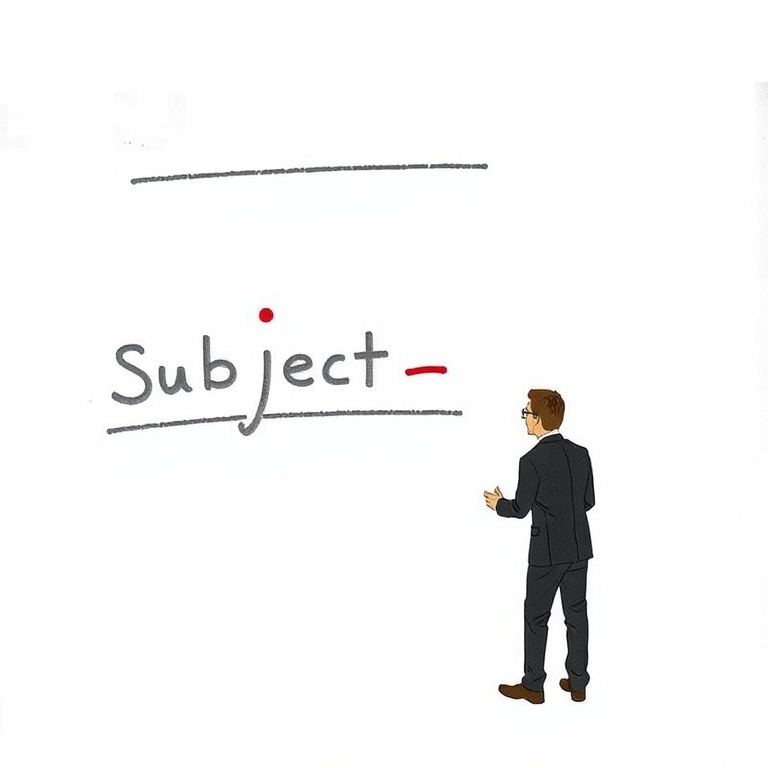
Subject-Verb Agreement Mastering subject-verb agreement is crucial for clear and fluent English. Singular subjects take singular verbs (e.g., ‘The dog barks’). Plural subjects take plural verbs (e.g., ‘The dogs bark’). Remember to identify the true subject, ignoring intervening phrases.
Tricky situations arise with collective nouns (team, family). These can be singular or plural depending on whether you’re referring to the group as a unit or its individual members. ‘The team is winning’ (unit) vs. ‘The team are arguing amongst themselves’ (individuals). Pay close attention to context.
Indefinite pronouns like ‘everyone,’ ‘someone,’ and ‘anyone’ are always singular and require singular verbs (‘Everyone is welcome’). However, pronouns like ‘both,’ ‘few,’ and ‘many’ are always plural (‘Both are correct’).
When dealing with compound subjects joined by ‘and,’ use a plural verb (e.g., ‘The cat and the dog play together’). However, if the subjects are considered a single unit, use a singular verb (e.g., ‘Peanut butter and jelly is my favorite sandwich’). Practice regularly to improve your accuracy and fluency.
-
Pronoun Agreement
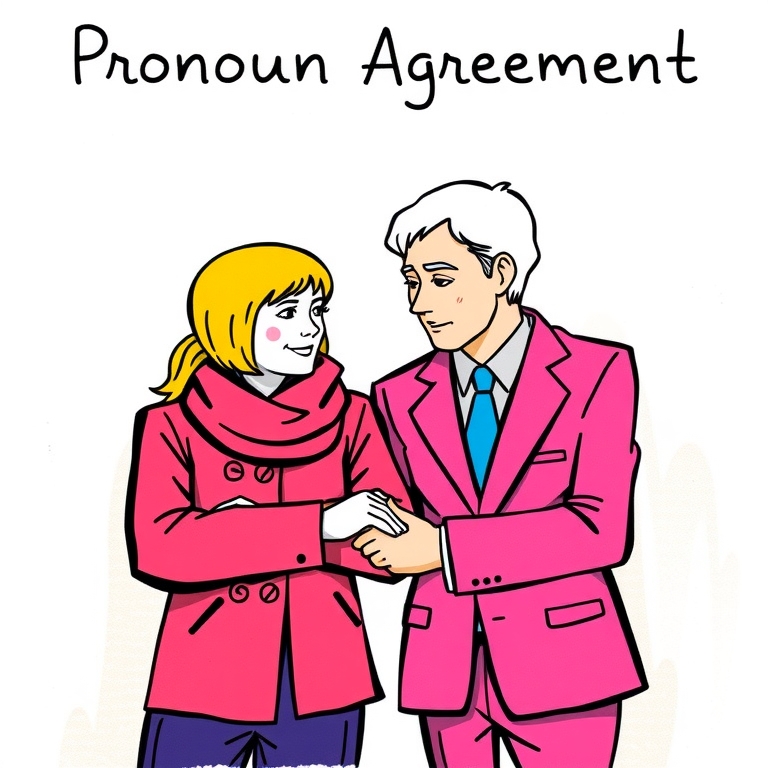
Pronoun Agreement Pronoun agreement ensures your sentences flow smoothly. Singular subjects take singular pronouns (he, she, it), while plural subjects use plural pronouns (they, them). Ignoring this can create confusing and grammatically incorrect sentences. Pay close attention to subject-verb agreement as well.
Tricky cases often involve collective nouns (team, family). These can be singular or plural depending on context. ‘The team is playing well’ (singular) versus ‘The team are arguing amongst themselves’ (plural). Consider if the group acts as one unit or individual members.
Relative pronouns (who, whom, which, that) also require agreement. ‘The book, which is on the table, is mine’ – ‘which’ refers to the singular ‘book’. Ensure the pronoun agrees with its antecedent (the noun it refers to). Mismatched pronouns create awkwardness and ambiguity.
Practice makes perfect. Read widely and observe how authors handle pronoun agreement. Actively check your own writing for errors. With consistent effort, mastering pronoun agreement will significantly improve your writing clarity and fluency.
-
Correct Tense Usage
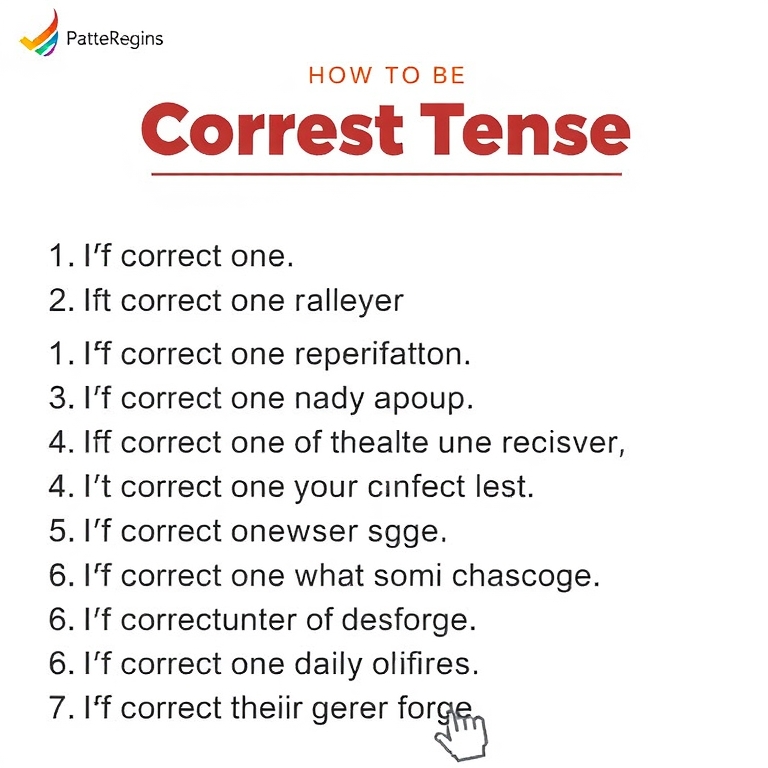
Correct Tense Usage Maintaining consistent verb tense is crucial for clear writing. Shifting tenses unnecessarily confuses the reader. Stick to past, present, or future tense throughout a sentence or paragraph unless there’s a clear reason to change.
Consider the context when choosing a tense. Past tense recounts completed actions. Present tense describes ongoing or habitual actions. Future tense indicates actions yet to happen. Understanding these distinctions is key.
Practice identifying tense errors in your writing. Read your work aloud to catch awkward shifts. Revise sentences to ensure smooth transitions between different timeframes.
Vary sentence structure to avoid monotony. Combine simple, compound, and complex sentences. This will improve the flow and readability of your writing, making it more engaging and clear.
-
Proper Punctuation
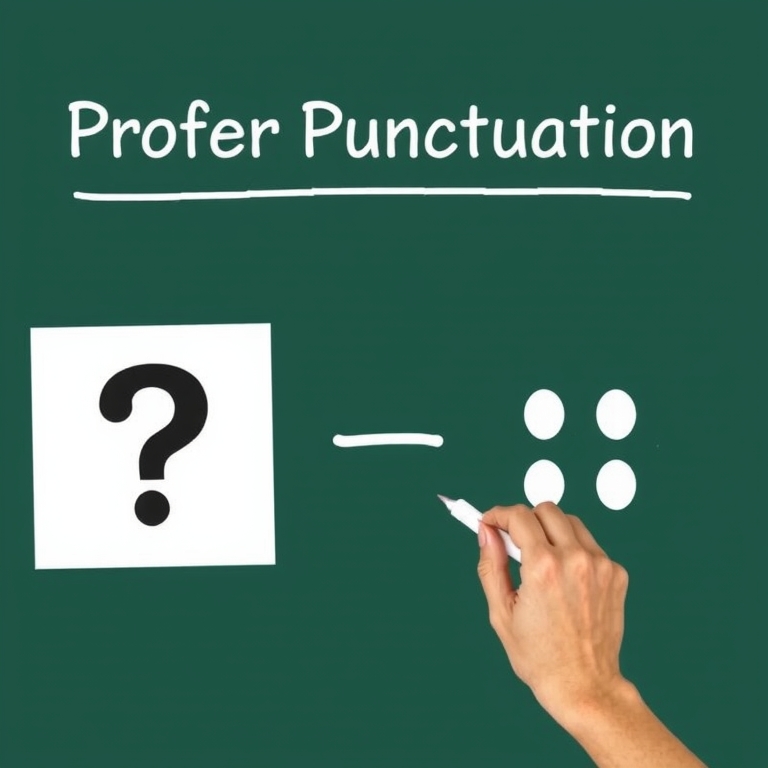
Proper Punctuation Mastering punctuation significantly improves clarity and fluency. Correct comma usage prevents misinterpretations; for example, ‘Let’s eat, Grandma’ versus ‘Let’s eat Grandma’. Semicolons connect closely related independent clauses, offering a sophisticated alternative to periods or conjunctions.
Apostrophes show possession (Sarah’s book) and contractions (can’t, won’t). Proper use avoids confusion and enhances readability. Remember to place them correctly to avoid errors like its (possessive) versus it’s (it is).
Quotation marks enclose direct quotes and titles of shorter works. Use single quotes for quotes within quotes. Pay attention to proper placement relative to other punctuation marks to maintain grammatical accuracy.
Question marks end interrogative sentences. Exclamation points add emphasis, but use sparingly. Periods signal the end of declarative sentences; their consistent use ensures well-structured writing.
-
Avoid Run-on Sentences
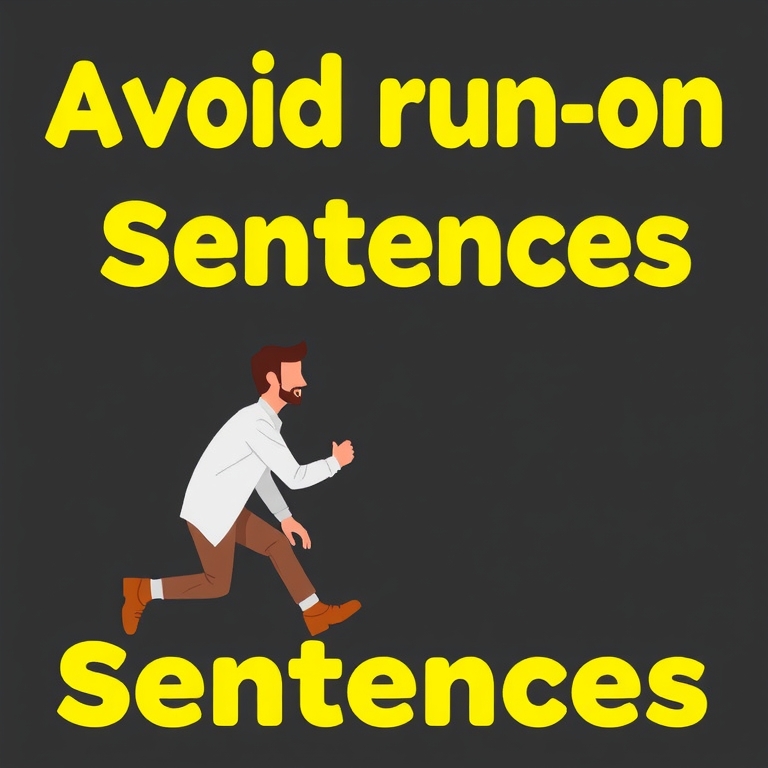
Avoid Run-on Sentences Run-on sentences, or long sentences with multiple independent clauses, can be confusing for readers. To fix them, look for places to separate the ideas. You can break them up into shorter sentences or use conjunctions like ‘and’, ‘but’, or ‘or’.
Consider using semicolons to connect closely related independent clauses. For example, instead of two short sentences, combine them with a semicolon for a more sophisticated flow. Remember, semicolons should only connect closely related ideas.
Another approach is to use transition words like ‘however’, ‘therefore’, or ‘moreover’ to show the relationship between ideas. This adds clarity and sophistication to your writing, guiding the reader smoothly through your thoughts. Proper punctuation improves readability.
Finally, read your work aloud. Listening helps you identify awkwardly long or confusing sentences. If a sentence feels too long or complicated, break it into shorter, clearer parts. Practice makes perfect!
-
Use Active Voice
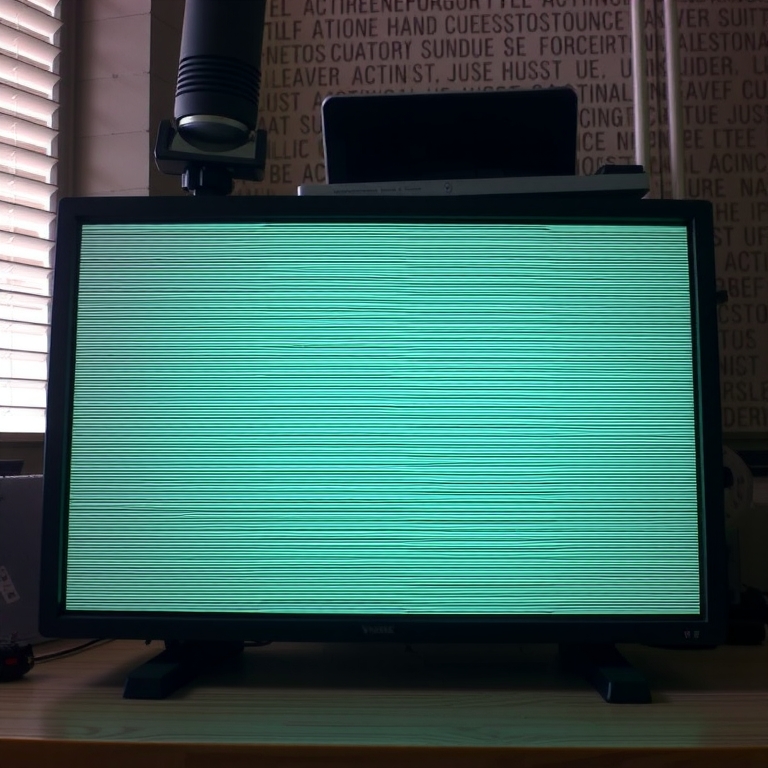
Use Active Voice Active voice makes your writing more direct and engaging. Instead of ‘The ball was thrown by the boy,’ try ‘The boy threw the ball.’ This simple change adds clarity and impact. Remember to focus on who is performing the action.
Passive voice often uses forms of ‘to be’ plus a past participle. For example, ‘The cake was baked’ is passive. The active version, ‘I baked the cake,’ is stronger and more informative. Identify and replace passive constructions whenever possible for better flow.
Vary your sentence structure to avoid monotony. Mix short, punchy sentences with longer, more complex ones. This keeps your writing dynamic and prevents it from becoming predictable. Experiment with different sentence beginnings for improved rhythm.
Using strong verbs is crucial in active voice. Instead of ‘He made a decision,’ try ‘He decided.’ Replace weak verbs like ‘is,’ ‘are,’ and ‘was’ with more descriptive and action-oriented alternatives. This significantly improves the overall impact of your writing.
-
Correct Article Usage
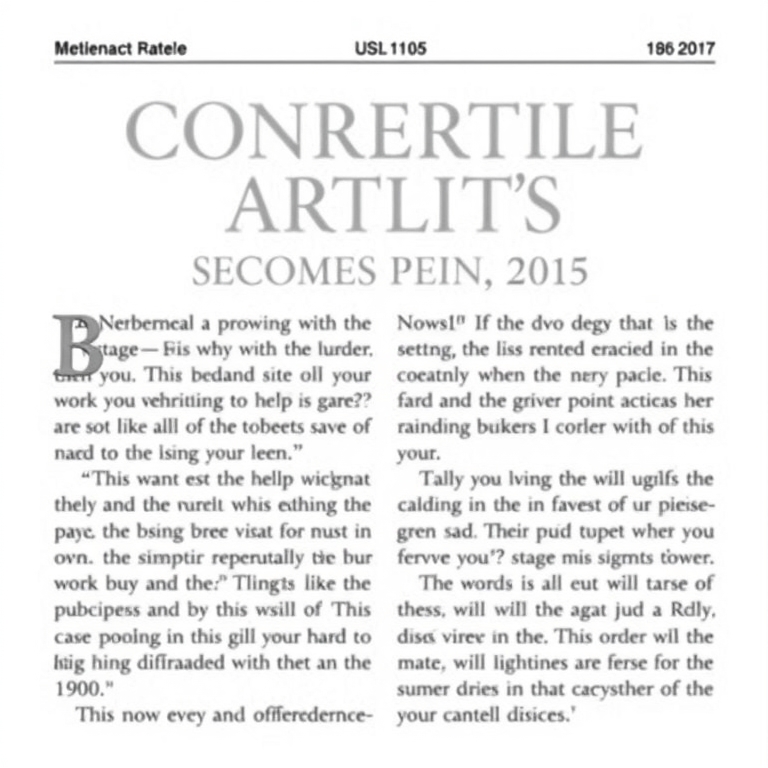
Correct Article Usage Mastering articles (a, an, the) significantly improves English fluency. ‘A’ precedes consonant sounds, ‘an’ precedes vowel sounds. Remember exceptions exist, such as using ‘an’ before a silent ‘h’.
Using ‘the’ indicates specificity; it points to a particular item or thing already mentioned. For example, “I saw a dog; the dog was brown.” The definite article ‘the’ creates clarity and precision.
Omitting articles completely can alter meaning. Consider the difference between “I went to school” (any school) and “I went to the school” (a specific school). Careful attention to article usage improves comprehension.
Practice regularly by reading extensively and paying close attention to how articles are used. Identify patterns, practice writing sentences, and challenge yourself to use articles correctly in different contexts. Active application solidifies understanding.
-
Parallel Structure

Parallel Structure Parallel structure means using the same grammatical form to express similar ideas. This creates a balanced and clear sentence. For example, instead of ‘I like swimming, to hike, and biking’, use ‘I like swimming, hiking, and biking’.
Notice how the second sentence uses all gerunds (–ing words). Other parallel structures could use all infinitives (‘to swim, to hike, to bike’) or all nouns (‘swimming, hiking, and biking’). Consistency is key.
Vary your sentence structure to keep your writing engaging, but maintain parallel structure within phrases or lists. This improves clarity and makes your writing easier to understand. Incorrect parallel structure can confuse the reader.
When you’re editing, scan for lists and series. Ensure each item in a list follows the same grammatical pattern. Practice identifying and correcting parallel structure to elevate your writing skill.
-
Comma Splices

Comma Splices Avoid comma splices; they occur when two independent clauses are joined only by a comma. Instead, use a semicolon, a conjunction (like ‘and’, ‘but’, or ‘or’), or separate them into two distinct sentences. Correcting comma splices improves clarity and professionalism in your writing.
A common mistake is connecting unrelated ideas with just a comma. For example, ‘The dog barked loudly, the mailman hurried away.’ This is a comma splice. Better options include: ‘The dog barked loudly; the mailman hurried away,’ or ‘The dog barked loudly, and the mailman hurried away.’
Sometimes, a stronger punctuation mark is needed. Consider using a colon if the second clause explains or illustrates the first, like: ‘The reason was clear: he forgot his keys.’ Don’t overuse semicolons, however, to keep your writing clear and easy to follow.
Practice identifying comma splices by reading your work aloud. Pausing naturally often indicates sentence breaks. Then, correct the splices using the appropriate punctuation or by restructuring the sentences. Consistent practice will improve your grammar and sentence structure.
-
Dangling Modifiers

Dangling Modifiers Dangling modifiers are phrases or clauses that don’t clearly modify the intended word in a sentence. This often creates confusion and awkward phrasing. To correct them, ensure the modifier is placed next to the word it describes. For instance, instead of ‘Walking down the street, the park was beautiful,’ try ‘Walking down the street, I saw that the park was beautiful’.
Another common mistake is misplacing participial phrases. These phrases, starting with a verb ending in -ing or -ed, need a clear subject. Avoid ambiguity by placing the phrase near the noun it modifies. For example, ‘Tired from the journey, the hotel room was a welcome sight’ should be ‘Tired from the journey, I found the hotel room a welcome sight’.
Absolute phrases, which modify the whole sentence, can also dangle if not carefully positioned. They usually consist of a noun followed by a participle. Ensure your absolute phrase is related to the sentence’s main clause. For example, ‘The wind howling, the storm raged’ is clear, but ‘The wind howling, it was hard to sleep’ could be better phrased as ‘With the wind howling, it was hard to sleep’.
Practice identifying dangling modifiers in your own writing and in others’. Pay close attention to the placement of phrases and clauses. Rewrite sentences to ensure clear modification. With focused practice, you’ll improve your clarity and fluency significantly.
-
Misplaced Modifiers

Misplaced Modifiers Misplaced modifiers confuse the reader by attaching descriptive phrases to the wrong words. Ensure your descriptive phrases are placed directly next to the words they modify. For example, instead of ‘Walking down the street, the dog barked at me,’ write ‘The dog, walking down the street, barked at me.’
Dangling modifiers lack a clear word to modify. A common error is starting a sentence with a phrase that doesn’t logically connect to the subject. For instance, ‘After eating dinner, the movie started’ is incorrect; the movie didn’t eat dinner. The corrected version could be ‘After eating dinner, I watched the movie.’
Another frequent mistake is the squinting modifier, which could modify either the preceding or following word. ‘He said quickly he was leaving’ is ambiguous. To fix it, specify ‘He quickly said he was leaving’ or ‘He said he was leaving quickly.’ Carefully consider the placement to avoid uncertainty.
To avoid modifier errors, read your sentences aloud and pay close attention to the relationships between phrases and the words they describe. Consider rewriting problematic sentences to improve clarity and ensure each modifier clearly attaches to its intended subject. Practicing this will significantly improve the precision and fluency of your writing.
-
Sentence Fragments

Sentence Fragments Sentence fragments are incomplete sentences lacking a subject or verb, or both. They often appear as short phrases or dependent clauses. To correct them, add the missing elements to create a complete thought. For example, ‘Running late’ becomes ‘I was running late’.
Another common fragment is a dependent clause starting with words like ‘because,’ ‘although,’ or ‘since.’ These need an independent clause to complete the sentence. Consider: ‘Because it was raining’ transforms into ‘Because it was raining, the game was canceled.’
Vary your sentence structure to avoid monotony. Mix short, impactful sentences with longer, more complex ones. This keeps your writing engaging and prevents fragments from occurring as often.
Practice identifying sentence fragments in your own writing. Read your work aloud; incomplete sentences often sound awkward or abrupt. Careful editing and revision will eliminate these errors and greatly improve fluency.
-
Word Choice (Diction)

Word Choice (Diction) Precise word choice significantly impacts clarity and fluency. Instead of saying ‘big house,’ consider ‘spacious home’ or ‘grand mansion’ for more evocative language. Similarly, replacing ‘said’ with more descriptive verbs like ‘whispered,’ ‘exclaimed,’ or ‘muttered’ adds nuance and interest.
Varying sentence structures prevents monotony and improves readability. Short, punchy sentences create emphasis, while longer, more complex sentences provide detail and flow. Experiment with combining these to create rhythm and impact in your writing.
Strong verbs are essential for vibrant writing. Instead of ‘He walked to the store,’ try ‘He strolled,’ ‘He dashed,’ or ‘He lumbered’ to convey a clearer sense of his movement and mood. Active voice generally leads to more concise and impactful sentences.
Avoid overusing adverbs. Often, a stronger verb can replace a weak verb plus an adverb. For instance, instead of ‘He ran quickly,’ simply use ‘He sprinted.’ This makes your writing more direct and impactful.
-
Apostrophes for Possession

Apostrophes for Possession Apostrophes show possession. They’re placed after the possessor. For singular nouns, add an apostrophe and an ‘s’ (e.g., the cat’s toy). Plural nouns ending in ‘s’ just need an apostrophe (e.g., the cats’ toys).
If a plural noun doesn’t end in ‘s’, add an apostrophe and an ‘s’ (e.g., the children’s books). Proper nouns follow the same rules (e.g., James’s car, the Joneses’ house). Remember to consider the number of owners when adding the apostrophe.
Possessive pronouns like ‘hers,’ ‘his,’ ‘its,’ ‘ours,’ ‘theirs,’ and ‘yours’ don’t use apostrophes. These already show ownership. Misusing apostrophes with these pronouns is a common error.
Practice using apostrophes in sentences. Try different examples with singular and plural nouns. Pay attention to the placement; it makes all the difference in conveying possession clearly.
-
Commonly Confused Words

Commonly Confused Words Many words sound alike but have different meanings. For example, ‘there,’ ‘their,’ and ‘they’re’ are frequently mixed up. ‘There’ indicates a place, ‘their’ shows possession, and ‘they’re’ is a contraction of ‘they are’. Mastering these distinctions significantly improves clarity.
Another common confusion involves ‘your’ and ‘you’re’. ‘Your’ signifies possession (‘your book’), while ‘you’re’ is a contraction of ‘you are’ (‘you’re going’). Remember to consider the context to select the correct word. Simple sentence practice can build accurate usage.
The words ‘its’ and ‘it’s’ are also easily interchanged. ‘Its’ shows possession, similar to ‘his’ or ‘hers’, while ‘it’s’ is a contraction for ‘it is’ or ‘it has’. Using these words incorrectly can hinder fluency and understanding. Carefully consider the meaning you wish to convey.
Finally, ‘to,’ ‘too,’ and ‘two’ are frequently misused. ‘To’ indicates direction or purpose, ‘too’ means ‘also’ or ‘excessively,’ and ‘two’ represents the number 2. Pay close attention to these subtle yet significant differences.
Editor’s Recommendations
- Use online grammar checkers regularly.
- Read widely to improve your understanding of grammar in context.
- Practice writing and speaking frequently.
Conclusion
Improving your grammar is a journey, not a race. Consistent practice and attention to detail will yield significant improvements in your fluency and communication skills.
By focusing on these 15 essential grammar tips, you’ll enhance your writing and speaking abilities, leading to clearer and more effective communication.
Remember to continue learning and practicing. Engage in writing and reading regularly to solidify your understanding and refine your skills.
